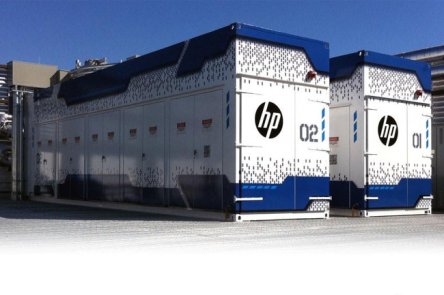Modular data centers are one of the latest innovations in the IT world. In many cases, they are capable of increasing business productivity while reducing costs. We went looking for answers to some common questions about these data centers and what implications they have for the future. So, what is a modular data center? A modular data center, unlike a traditional data center, can be defined as a portable method of deploying data center capacity anywhere and everywhere it is needed. It incorporates contained units and standardized deployment options that give you flexibility and scalability. What’s so important about these ‘mobile facilities’? Modular data centers are designed for rapid deployment, are energy efficient and high-density computing systems that deliver services at lower costs than traditional construction methods, as well as reducing the construction time from years to a matter of months. In what kind of shape or form are these data centers available? Modular data centers typically come in two forms: The more common type, referred to as containerized data centers or portable modular data centers, fit data center equipment into a standard shipping container, which is then transported to a desired location. Containerized data centers typically come outfitted with their own cooling systems. For example, Cisco’s Containerized Data Centers fit in to this category. The other form of modular data center fits data center equipment into a facility composed of prefabricated components that can be quickly built on a site and added to as capacity is needed. HP’s version of this type of modular data center, Flexible Data Center, is constructed of sheet metal components that are formed into four data center halls linked by a central operating building. Modular data centers can be defined as more of an approach to a design...

